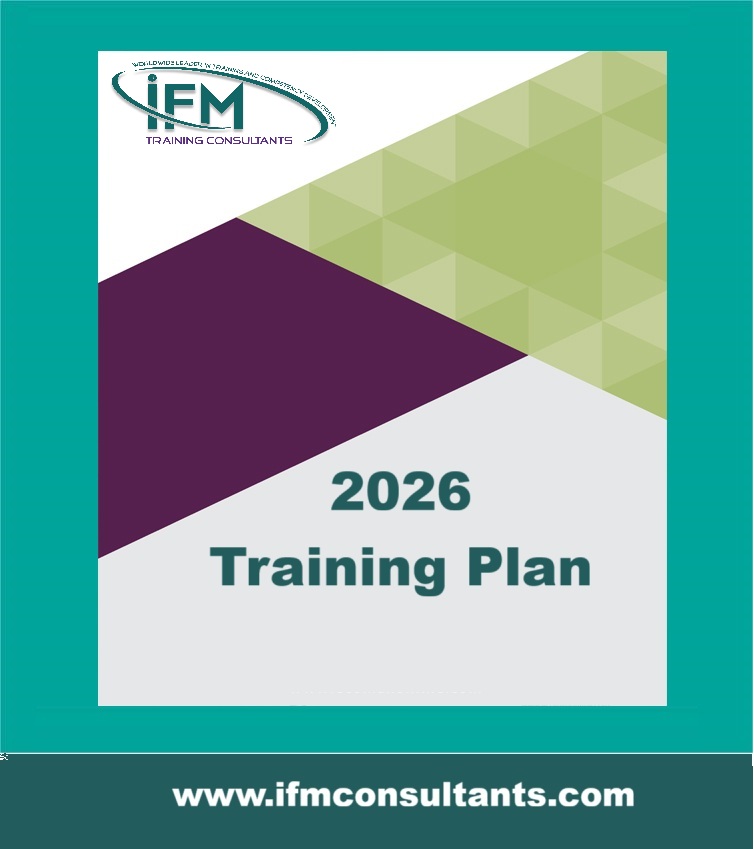Integrated Petrophysics For Reservoir Characterization
| Start Date | End Date | Venue | Fees (US $) | ||
|---|---|---|---|---|---|
| Integrated Petrophysics For Reservoir Characterization | 30 Nov 2025 | 04 Dec 2025 | Riyadh, KSA | $ 3,900 | Register |

Integrated Petrophysics For Reservoir Characterization
| Start Date | End Date | Venue | Fees (US $) | |
|---|---|---|---|---|
| Integrated Petrophysics For Reservoir Characterization | 30 Nov 2025 | 04 Dec 2025 | Riyadh, KSA | $ 3,900 |
Introduction
Rock Physics is a key component in oil and gas exploration, development, and production. It combines concepts and principles from geology, geophysics, petrophysics, applied mathematics, and other disciplines. Rock physics provides the empirical relationships, understanding and theory to connect petrophysical, geomechanical and seismic data to the intrinsic properties of rocks, such as mineralogy, porosity, pore shapes, pore fluids, pore pressures, stresses and overall architecture, such as laminations and fractures. Rock physics is needed to optimize all imaging and reservoir characterization solutions based on geophysical data, and to such data to build mechanical earth models for solving geomechanical problems. Attendees will obtain an understanding of the sensitivity of elastic waves in the earth to mineralogy, porosity, pore shapes, pore fluids, pore pressures, stresses, and the anisotropy of the rock fabric resulting from the depositional and stress history of the rock, and how to use this understanding in quantitative interpretation of seismic data and in the construction of mechanical earth models. A variety of applications and real data examples is presented. Faced with increased demands and growing competition, many utilities and industries are seeking to maximize the value of their existing assets by leveraging new technologies to optimize Operations and Maintenance activities. One of the most successful maintenance strategies is a conditioned-based approach which utilizes data collected from periodic inspections, testing and predictive maintenance technologies to determine the optimum maintenance requirements.
Objectives
- Introduce different competency measurement tools for a number of human resource development systems relating to organizational and individual growth in terms of competence standards, corporate transformation, implementation strategies, role models, and sustainable business performance.
- To get familiar with the relationship between competency on one side and self-development, human capital assessment, job-shift theory, and the design techniques of competency models on the other.
- To examine competency system usages, applications, documentation methodologies, ownership and practices contributing to the achievement of organizational business goals.
- Delegate the opportunity to draw a personal implementation plan to reflect the totality of the diverse learning points
- To systematically overview of competencies, their evolution over time and their potential for strategic impact.
After attending this program, you will be able to:
Training Methodology
State-of-the-art business systems analysis methods and techniques are transferred by means of short, focused presentations which are followed by experiential learning workshop sessions. In these sessions, the knowledge gained is applied to real-world examples and case studies. Rapid learning of the methods and techniques is achieved by means of group work, individual work, participant discussion, facilitator interaction and constructive feedback.
Who Should Attend?
Geoscientists, petrophysicists, and engineers wishing to understand rock physics and learn how to work together in integrated teams to build geomechanical models.
Course Outline
Day 1
- Introduction
- Geology introduction
- What is Rock Physics?
- Rock Physics and Petrophysics. What’s the difference?
- Hooke’s law, anisotropy and elastic wave velocities
- Sedimentary rocks as heterogeneous media
- The concept of the Representative Elementary Volume (REV) and effective elastic properties
- Voigt/Reuss and Hashin-Shtrikman bounds
- Modulus-porosity relations for clean sands
- Critical porosity and mechanical percolation
Day 2
- Fluid properties and mixtures
- Diagenetic and sorting trends in velocity-porosity data
- Velocity-porosity models for shaly sands
- Empirical relations between velocity and porosity, clay content, etc.
- Properties of sand-clay mixtures
- Velocity-porosity relations for shales
- Relations between VP and VS
Day 3
- Rock compressibilities and relation of 4D seismic to well testing
- Reflection coefficients and AVO
- Elastic impedance
- Rock physics templates
- Effective medium and effective field theories
- Velocity-porosity relations for carbonates
Day 4
- Fracture gradient and 3D stress modeling
- Effect of stress on seismic body waves
- Third-order elasticity
- Granular media and discrete element methods
- Displacement discontinuity methods
- Stress sensitivity of sandstones
- Stress sensitivity of shales
- Stress perturbations around a borehole
- Determination of velocity variations around a borehole from advanced sonic logging
- Application to wellbore stability
- Reservoir geomechanics and stress effects in 4D seismic monitoring
Day 5
- Fractured reservoirs
- Hydraulic fracture propagation in presence of natural fractures
- Seismic characterization of fractured reservoirs
- Modeling the response of a fractured reservoir
- Rock physics models for fractures
- Shales and unconventional reservoirs
- Anisotropy of shales
- Rock physics modeling of kerogen in organic-rich shales

















